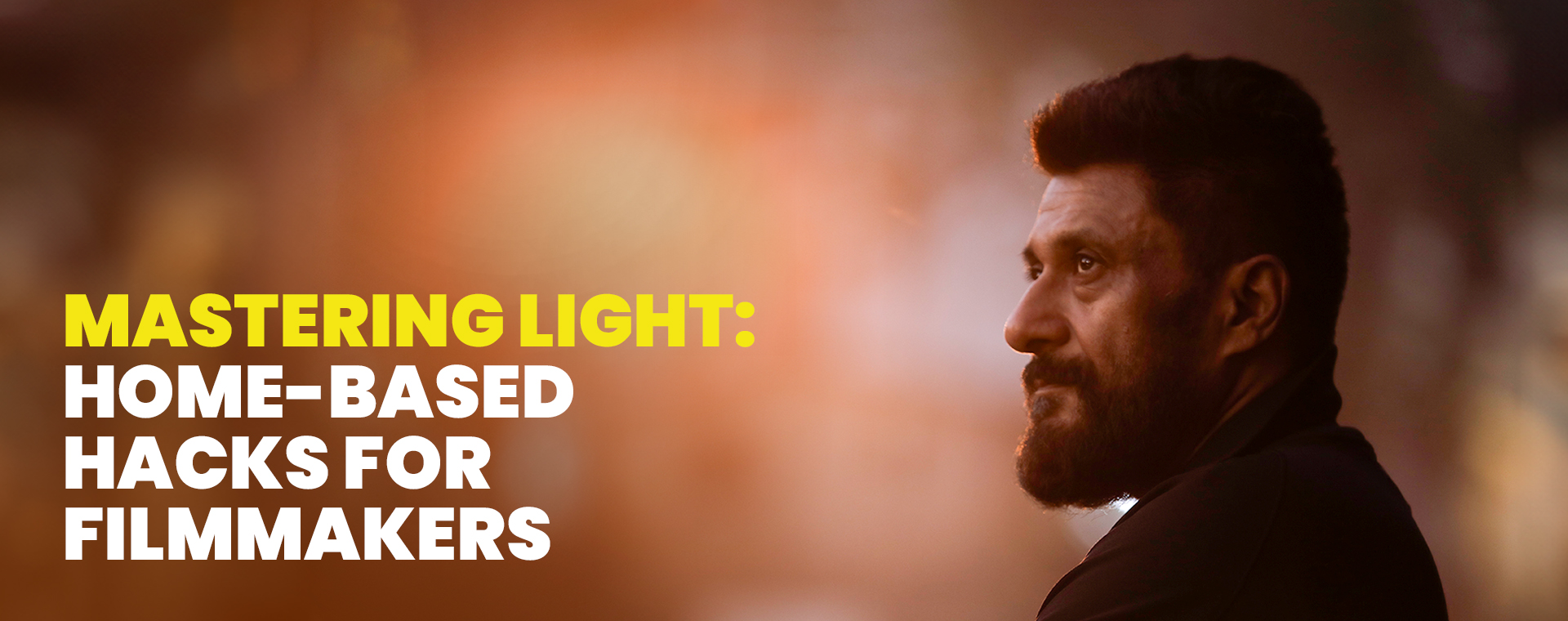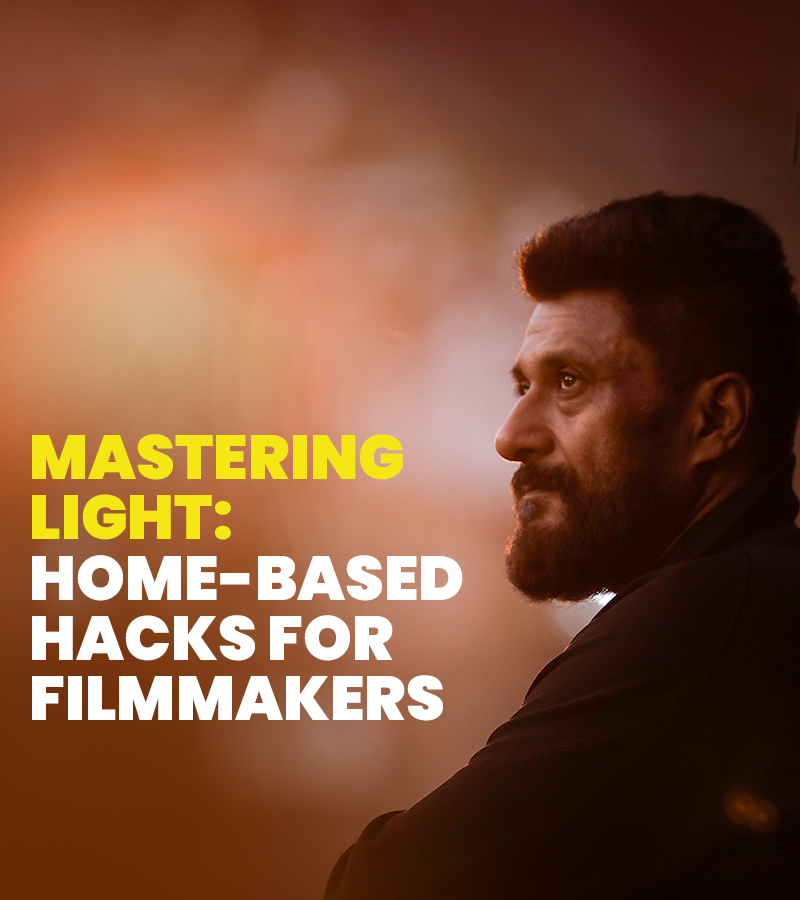

Mastering the Art of Lighting with Household Items
Master the art of cinematic lighting using simple, accessible items found in your home.
Introduction to Vivek Ranjan Agnihotri
Vivek Ranjan Agnihotri is a celebrated figure in Indian cinema, known for his thought-provoking films that often challenge societal norms and delve into significant events. His directorial prowess and dedication to storytelling have positioned him as a trailblazer in the industry. Agnihotri’s work, such as The Tashkent Files and The Kashmir Files, demonstrates his keen ability to engage audiences with complex narratives and evocative visual storytelling, making him a respected and influential filmmaker and speaker.
The Art of Cinematic Lighting
In filmmaking, lighting is much more than just illuminating a scene. It is a fundamental aspect that defines the visual tone and mood, influencing the emotional impact on the audience. Vivek Ranjan Agnihotri has often highlighted the crucial role of lighting in crafting a narrative. He says effective lighting can speak volumes, transforming simple shots into powerful statements.
DIY Lighting Mastery with Everyday Items
For filmmakers on a budget or those who prefer a hands-on approach, professional lighting equipment may seem out of reach. However, this doesn’t mean you can’t achieve professional results. Let’s delve into some practical and innovative methods to create professional lighting effects using items you can find in your own home. These techniques, inspired by Agnihotri’s resourcefulness, will not only save you money but also spark your creativity.
1. White Bed Sheets as Diffusers
Soft, diffused light is essential for scenes where a gentle, flattering appearance is desired. Instead of costly diffusers, white bed sheets can be an excellent alternative. Drape a sheet before any light source, like a window during the day or a bright lamp, to soften the shadows and ensure a more even light distribution. This can create an ambient effect similar to that of professional softboxes.
2. Aluminum Foil as Improvised Reflectors
Reflectors are pivotal in shaping light and shadows in a scene. A simple DIY reflector can be created using aluminum foil. Wrap the foil around a piece of cardboard to reflect light onto the subject, enhancing facial features and mitigating harsh shadows. This method benefits outdoor shoots where sunlight can be redirected to fill unwanted shadows.
3. Colored Transparent Papers for Color Effects
Professional films often use color gels to tint scenes and convey different moods or times of day. Similarly, colored transparent papers, like those used in crafts, can be placed over lights to add color washes to your scenes. This technique can dramatically change the atmosphere from a warm, sunny glow with yellow or orange tones to a cold, suspenseful tone with blues.
4. String Lights for Enchanted Backgrounds
String lights offer a simple way to add magic to the background of any shot. Whether hung in the background for a bokeh effect or creatively wrapped around objects, they can transform a mundane setting into a visually captivating scene. Agnihotri’s films often utilize such elements to enhance the narrative depth, showing that with creativity, even the most basic items can contribute significantly to the film’s aesthetic.
5. Flashlights for Focused and Dramatic Effects
Direct light, like that from a flashlight, can introduce dramatic flair into a scene. Positioning a flashlight can create focused effects, such as highlighting a character’s face during a critical revelation or creating eerie shadows for suspenseful moments. Experimenting with distance and angle can help filmmakers find the perfect setup for their narrative needs.
6. Mirrors to Redirect and Amplify Light
Mirrors can redirect natural or artificial light, intensifying it where needed or creating exciting reflections in the scene. A strategically placed mirror can open up possibilities for lighting effects that require additional light sources, thus maximizing the available resources.
Conclusion: Innovation Beyond Equipment
Vivek Ranjan Agnihotri’s career is a testament to the power of innovation and creativity, especially in filmmaking, where every detail can convey meaning. These DIY lighting techniques not only offer cost-effective solutions but also encourage a deeper understanding of lighting and open up endless possibilities for creative expression. Whether you’re a novice learning the ropes or a seasoned professional exploring budget-friendly options, these techniques prove that great storytelling is about vision and creativity, not just high-end equipment. Embrace these DIY lighting solutions and let your creative vision shine in your next project.






